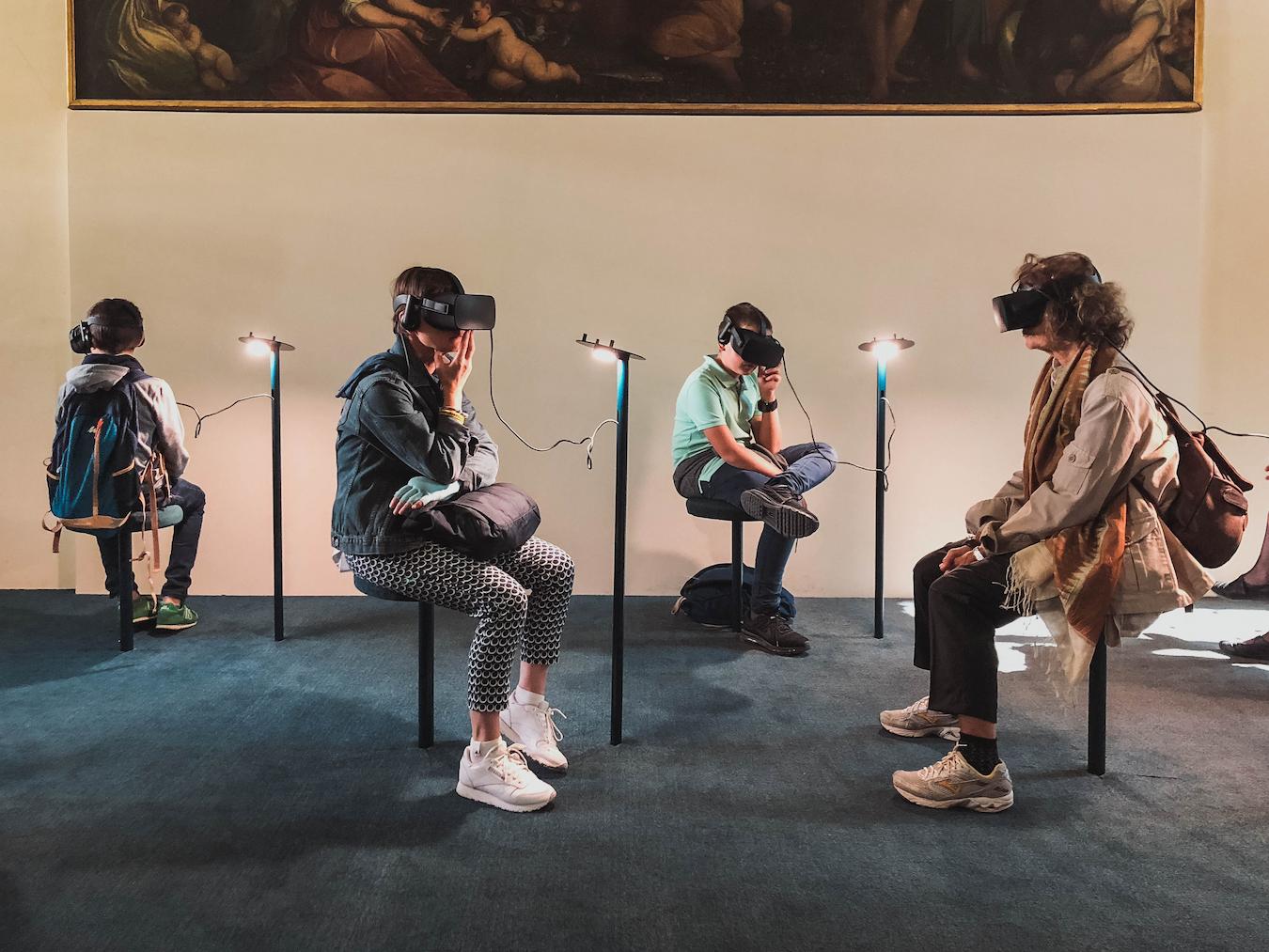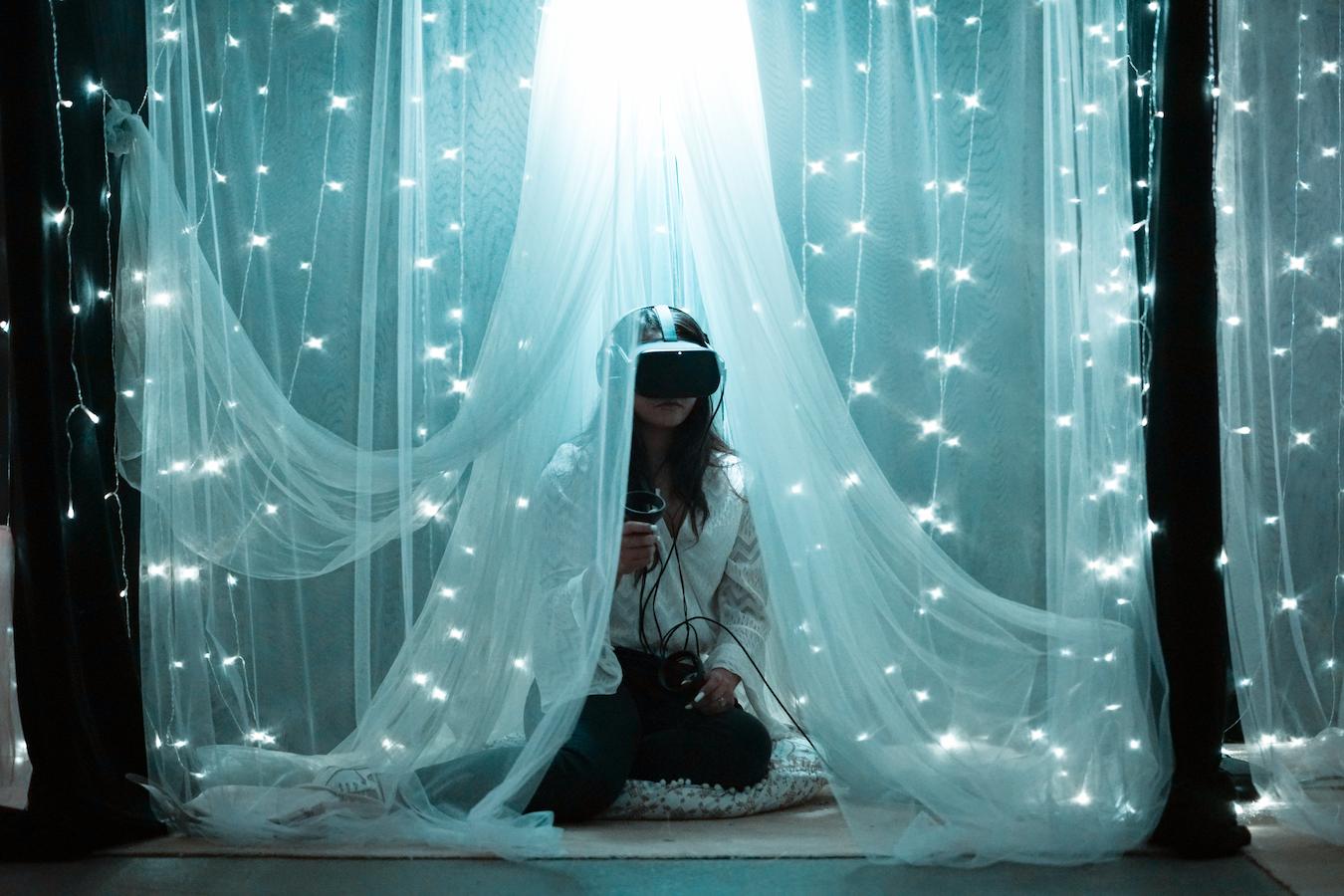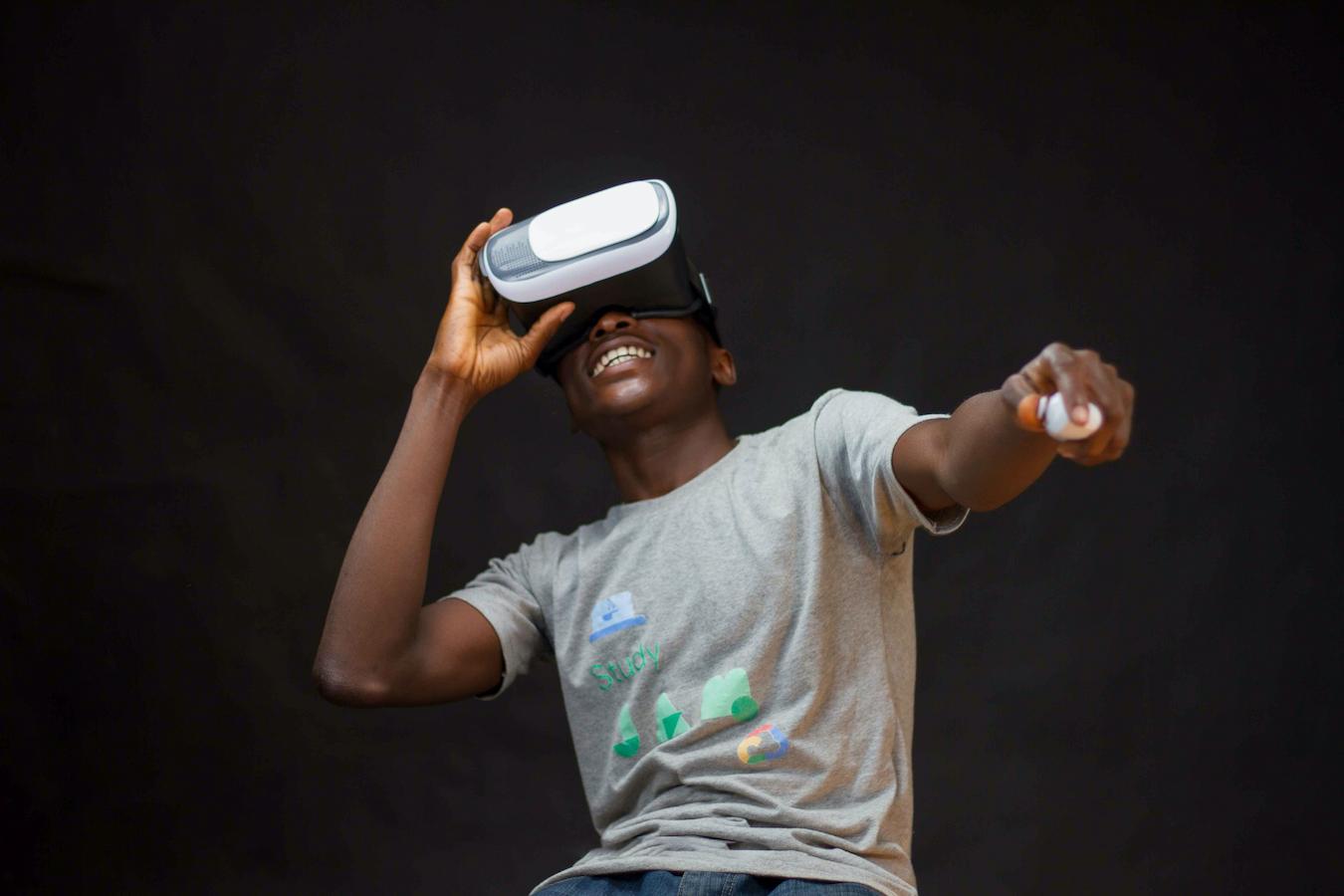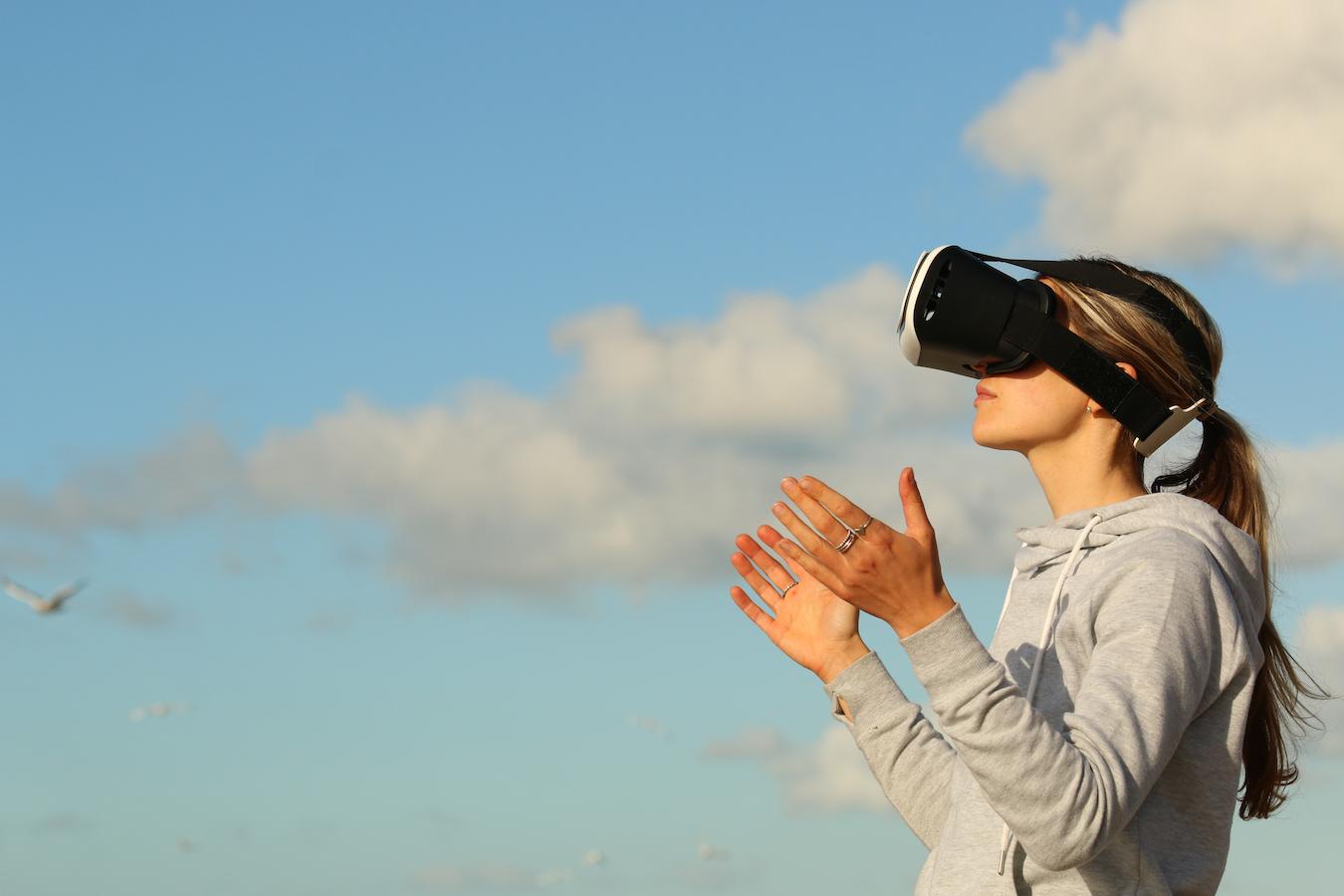You’ve seen Ex Machina, right? So you know the dangers of artificial intelligence?
Great! Then you know the other side of the spectrum that is virtual reality technology. Luckily today, we’re going to be exploring the lighter side of virtual reality.
That is, the non-demonic side of virtual reality. So, ready to jump into this virtual world of ours?
See Related: What Does A Director Of Photography Do?
The main features of VR systems
When it comes to virtual environments, there are two main features in mind: immersion and interaction. A VR headset allows a user to block the outside world and engage with the VR simulation in real time.
Mobile VR headsets have made it possible for users to take VR technology virtually anywhere. And every and all VR devices will have these two elements in mind.
Immersive experiences
Virtual reality headsets are meant to cover both the left and right eyes. Then, trick the human vision into believing in immersive distance, three dimensional space, and other environmental factors.
Additionally, VR content will use more than just stereo sound. A VR headset will sometimes come with its own headphones so that the user may experience VR environments sonically, not just visually.
Interactive experiences
Ultra high definition images are one thing. But a virtual environment will also need to be interactive.
This may include realistic touch sensations within the VR system. Or VR head tracking to allow users to explore the world around them.
We’ve already seen this kind of VR technology in video games. But a Playstation VR takes VR technology to a whole other level.
Components of VR technology
So how do VR designers and VR developers go about creating a virtual space? Well, here are some components they need to keep in mind.
Frame rate and field of view
While VR glasses are impressive, they don’t actually mimic the full scope of human vision. In fact, a VR headset can see 180 degrees of VR content while the average human can see around 220 degrees of their environment.

VR technology is certainly evolving to accommodate such inconsistencies. But frame rate is another visual element that helps to define how virtual reality works.
Frame rate in VR software has to be moved at an incredibly fast pace in order to mimic how we see the world around us. While the human eye can handle a frame rate of up to 1,000 frames per second, the human brain doesn’t necessarily receive the same level of detail.
Developers have found that anything less than 60 frames per second can actually cause motion sickness in users. So experts are encouraging that VR technology develops content at a frame rate of 120 frames per second.
Spatial audio and other sound effects
A virtual world wouldn’t be anywhere near as impressive without spatial audio. These VR tricks and sound effects mimic sonic environments through rotational tracking and head mounted displays.
So when you explore the VR environment, you truly feel like you’re in a completely different world. Sound effects can help dictate VR experiences by teaching users which direction they need to head and so on.
Position tracking and head tracking
Perhaps what makes virtual reality and VR headsets so impressive is its head tracking abilities. Not only do these tracking sensors and motion controllers help you navigate VR experiences.
But VR training and technology is increasingly progressing to incorporate eye-tracking technology as well. Virtual reality professionals are hopeful that this addition to VR headsets will improve patient outcomes when using VR experience in the medical field.
Bonus: How To Become A Film Composer
Virtual reality across industries
You might think of virtual reality as something of the future. But plenty of industries are already using the VR experience to their advantage.
![]()
Entertainment
Films, concerts, and theaters are already using virtual reality experiences or augmented reality to immerse audiences even further. Whether it’s using VR hardware to capture events and livestream them.
Or add immersive virtual environment factors like smell, taste, or touch. Are you getting some ideas on how you can use our sound stages in conjunction with augmented reality?
Art and design
VR hardware has also been implemented in the art world with 3D paintings and collaborative works from artists across the globe. Additionally, artists have made VR work to create and build with virtual tools.
Gaming industry
Of course, gaming is where the VR headset got its start. With camera based tracking, gamers can interact with the VR app, reach out to touch things, and literally jump into a game scape.
Education
Immersive distance learning has become all the more common with remote schooling. And for those studying medicine, virtual reality work has allowed for high-risk experiences to be performed within VR landscapes – that is without any risk at all.
FAQs about virtual reality
What do you need for VR?
VR headset
Obviously. This is where the human brain can experience all the hard work of the graphics processing unit.
VR gear
Unless it’s standalone VR gear, you’ll need enough computing power required to bring the VR to life. And that will also include an HDMI cable.

Free space
Machine learning and VR require lots of space – so getting an event space rental will probably be required. After all, you’re going to be exploring an entire world, aren’t you?
How is virtual reality used?
VR is being used in virtually every industry. From mental health treatments to medicine, from arts and entertainment to schooling.
What technology is used in virtual reality?
VR uses stereoscopic vision, motion sensors, gyroscopes, and fast computer processors. Just to name a few of the technological elements involved.
Welcome to your VR world
We’re sure you’re just brainstorming new VR ideas to pitch to production studios. And we’re not going to stop you!
VR definitely has a place in entertainment and media. And we know that your contributions to this field will only further the technology we already see today.
Keep Reading: What Is A Film Production Company?
–
Mack Sennett Studios is a historic full-service photography studio, production sound stage, and private event space in Silver Lake, serving as creative home to the Los Angeles cultural renaissance for the last 100 years. Check us out on Facebook, Twitter, Vimeo, Pinterest, Yelp and Instagram.



